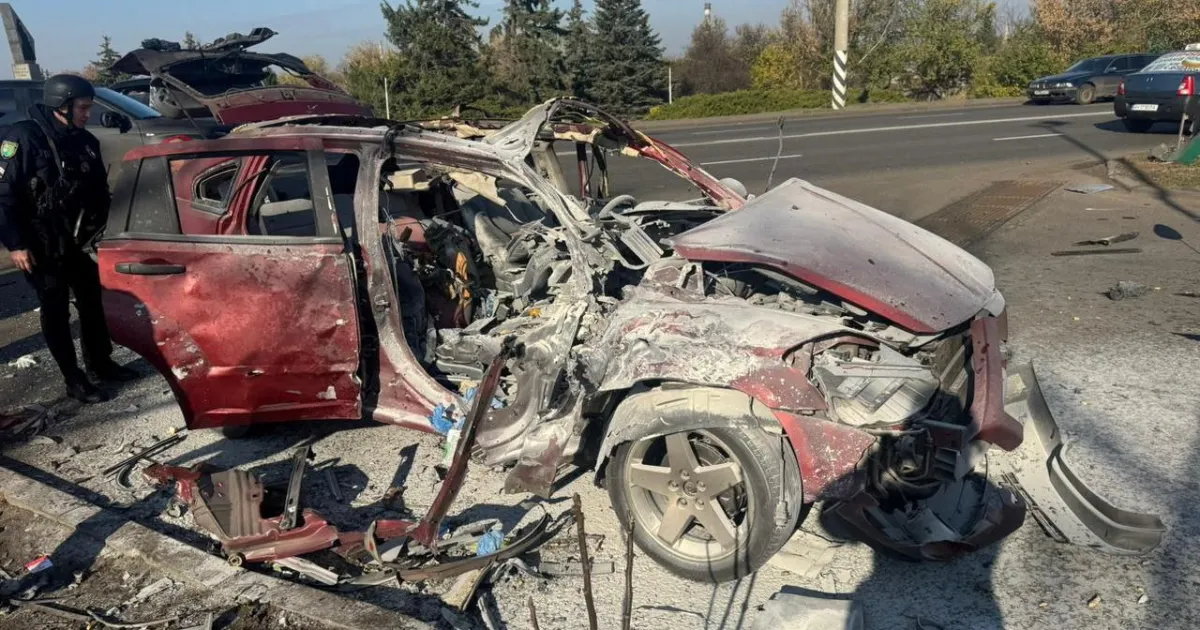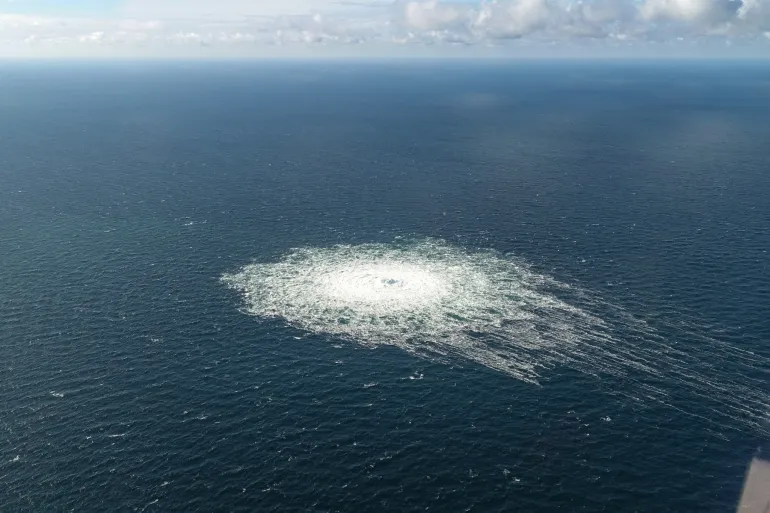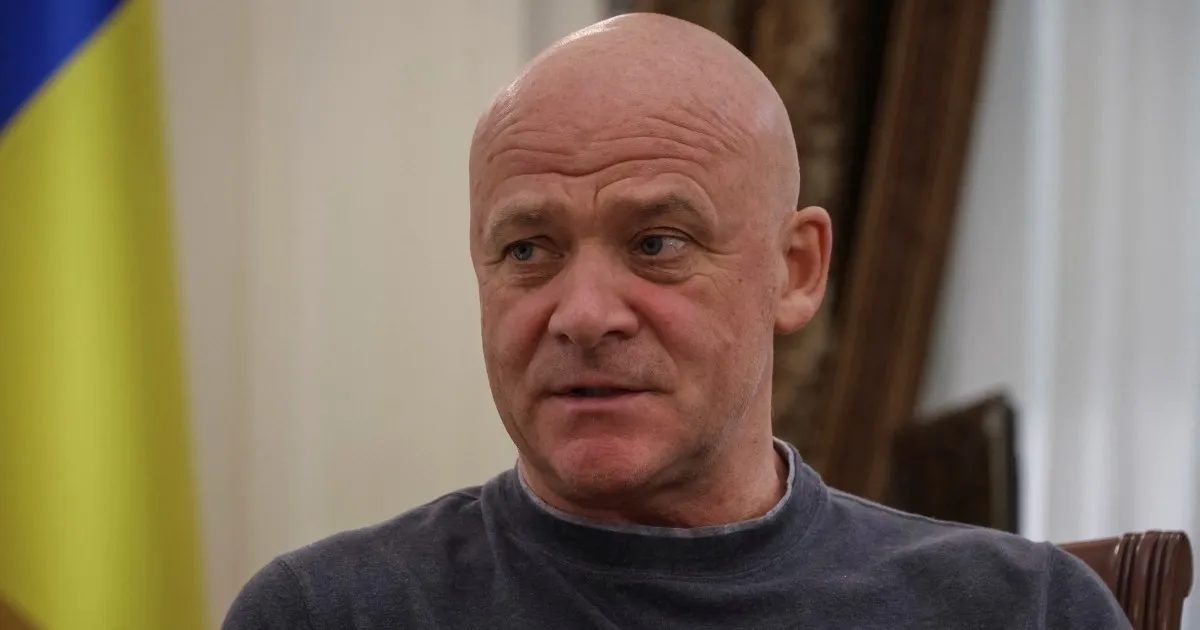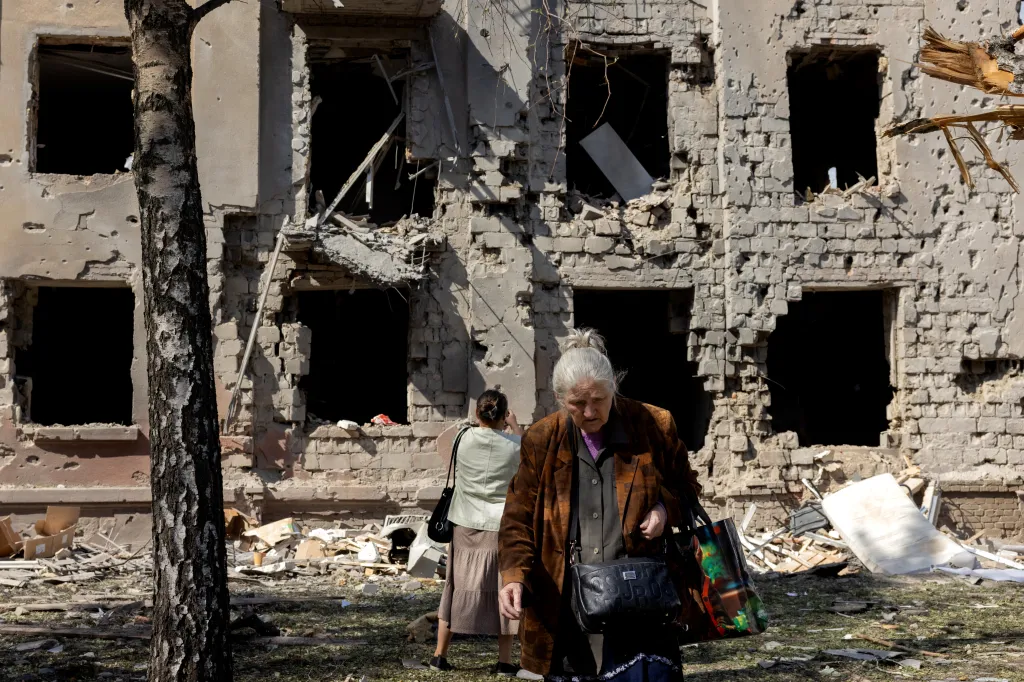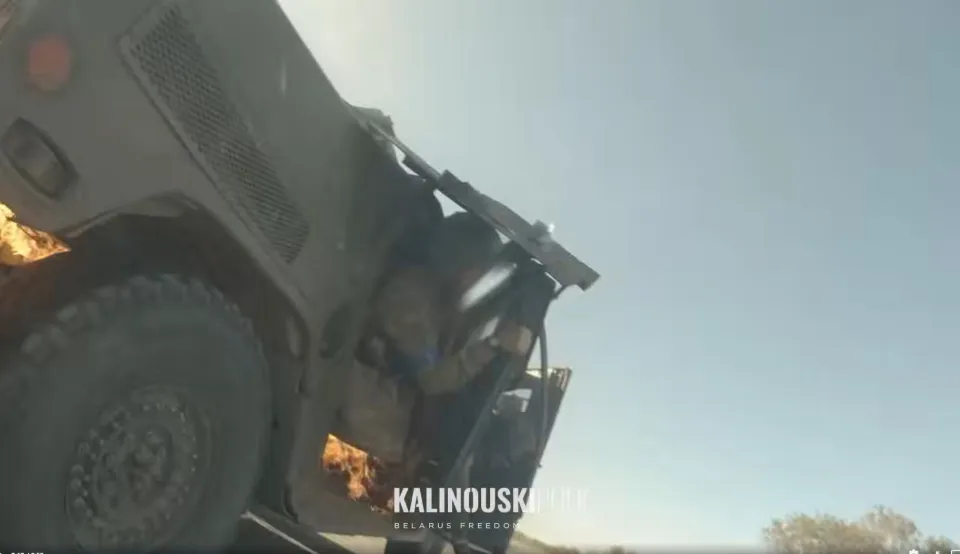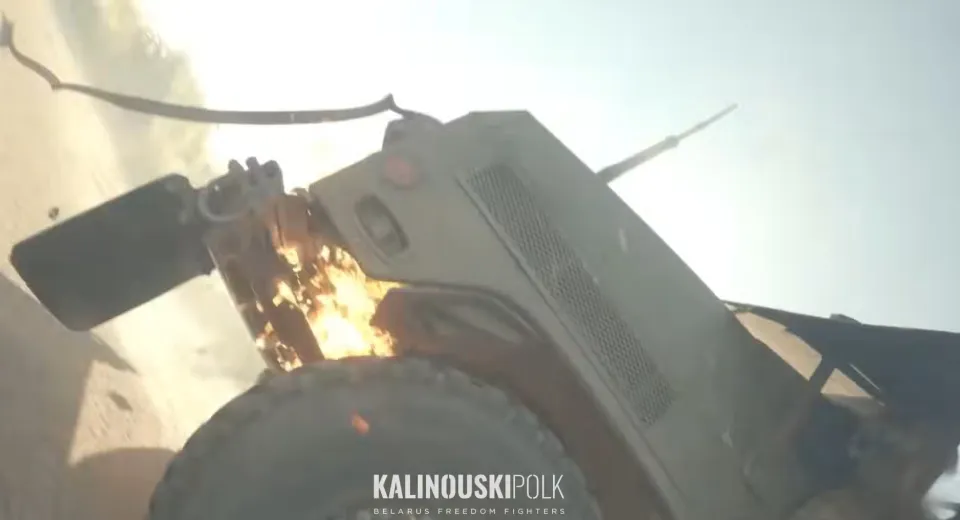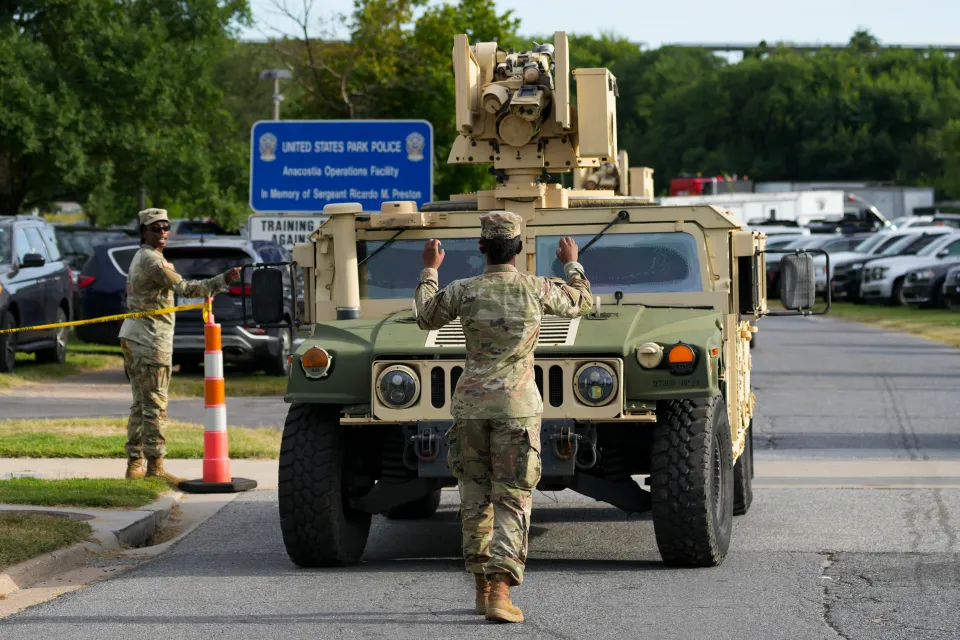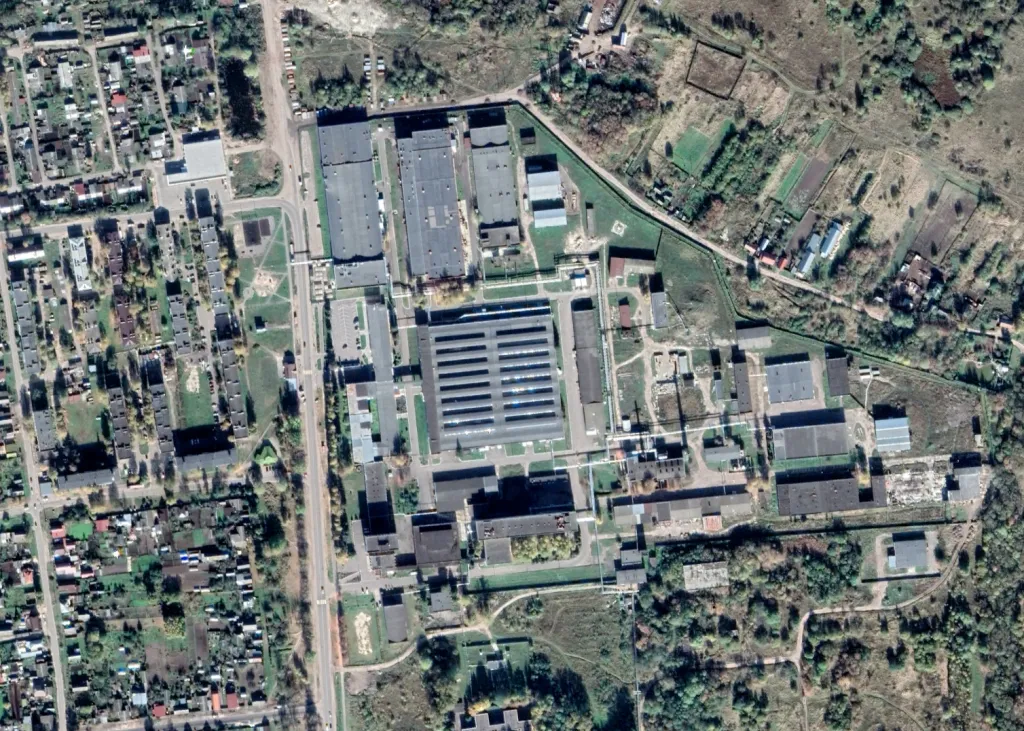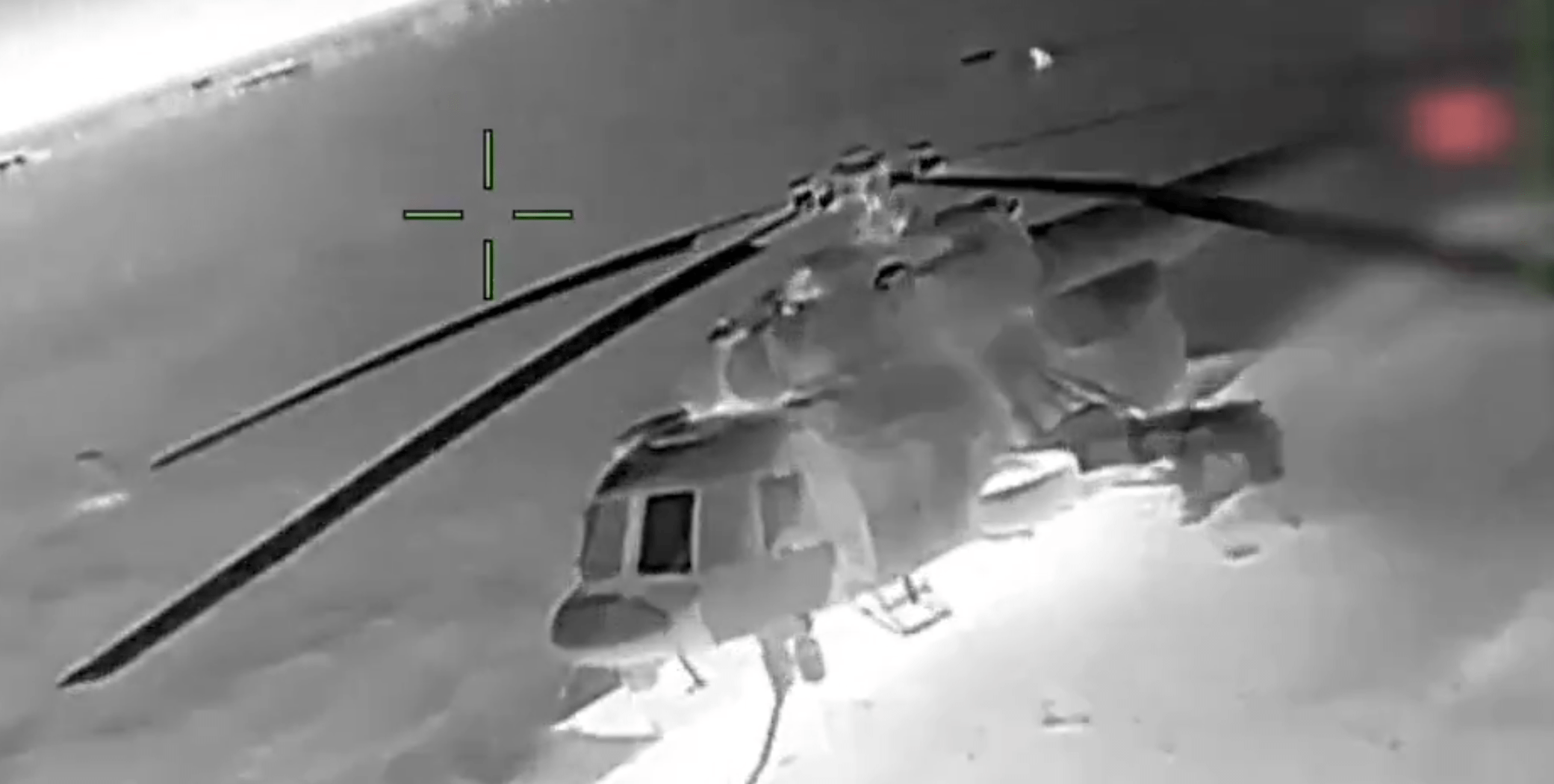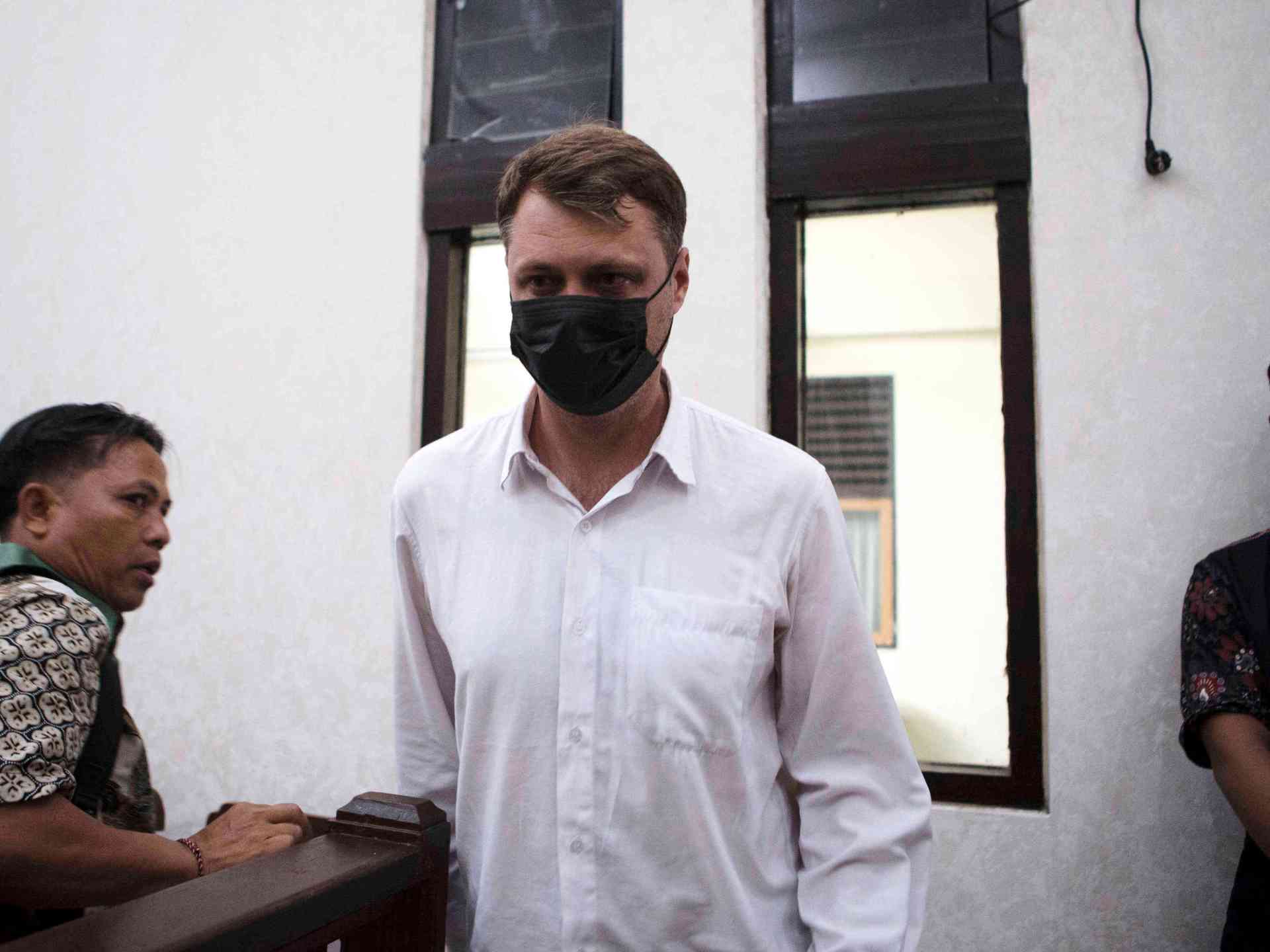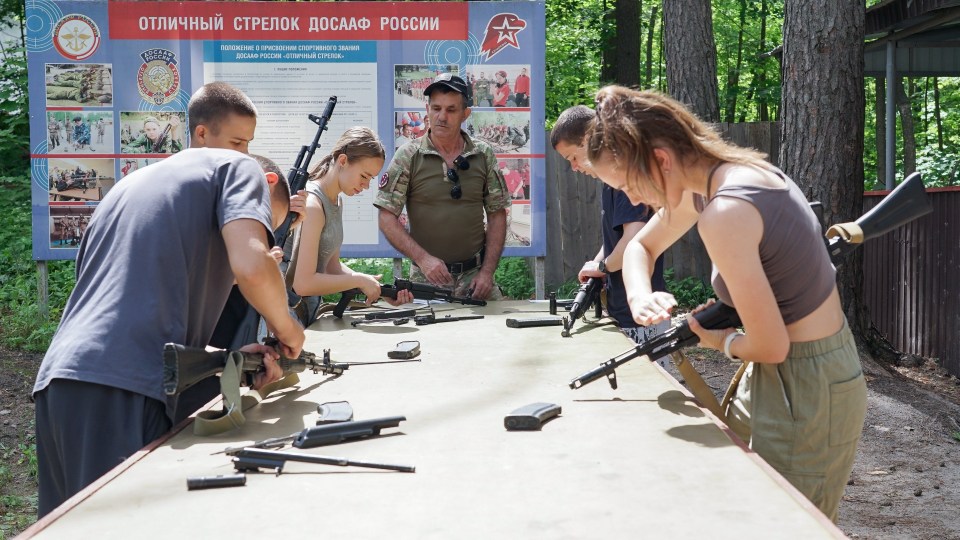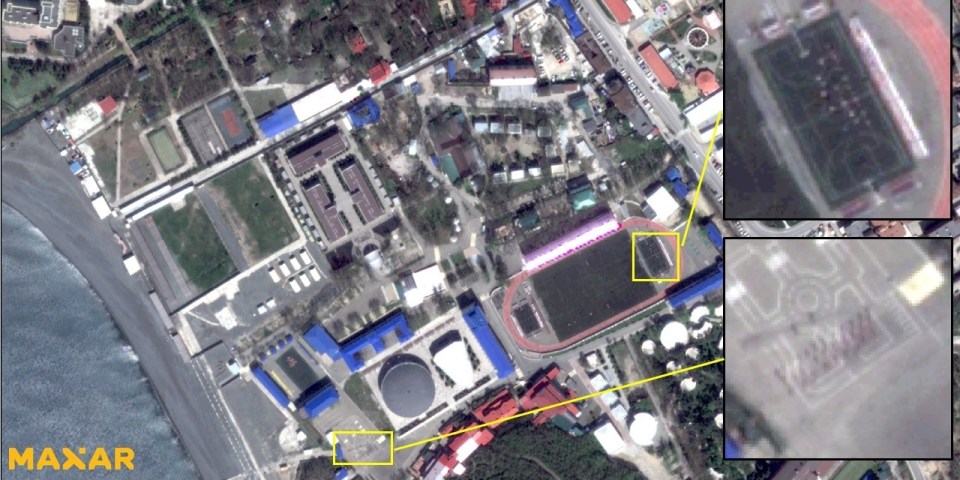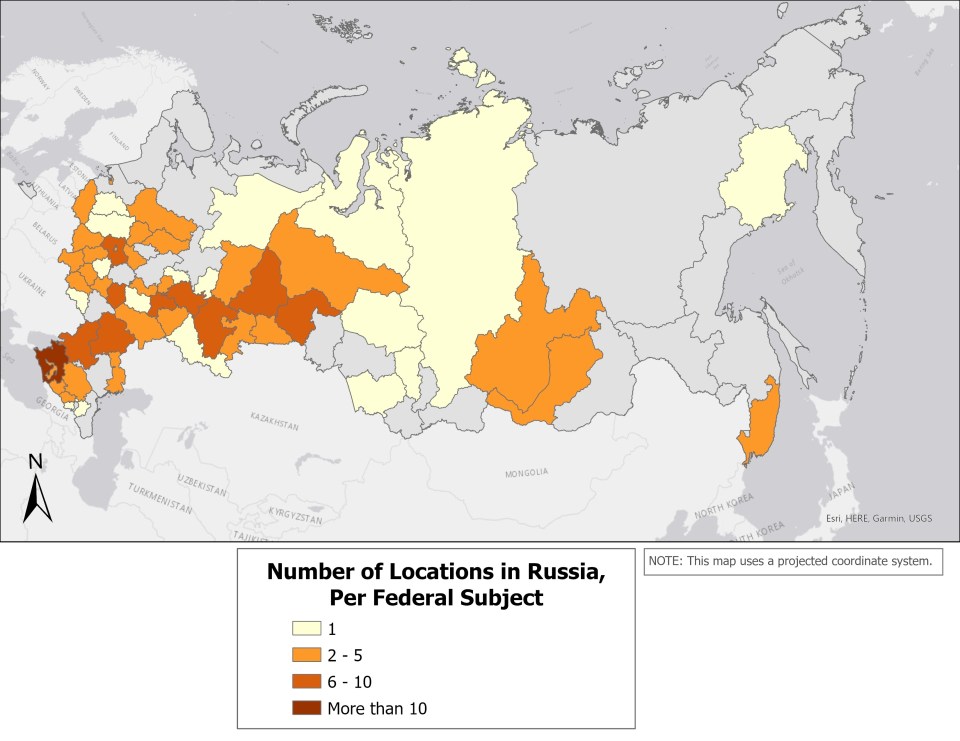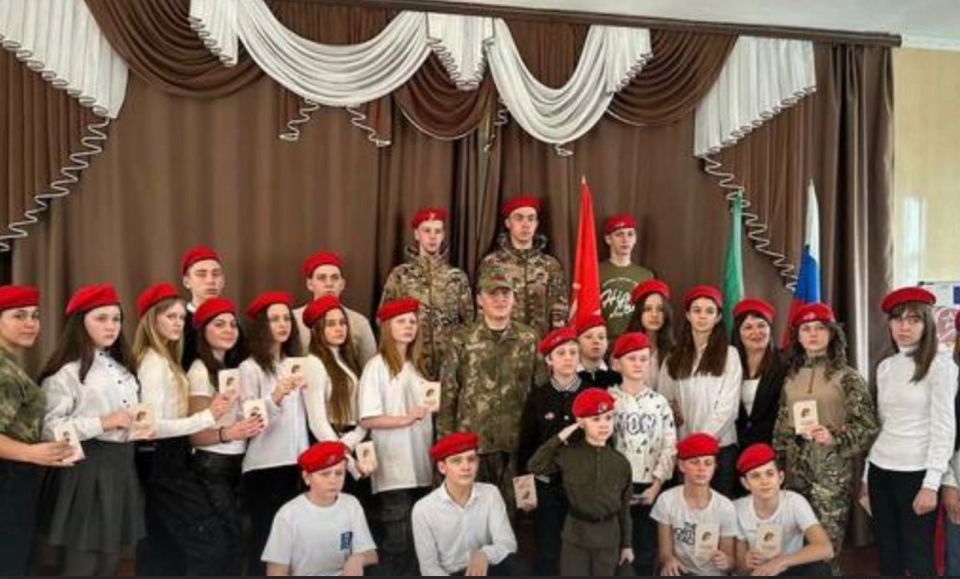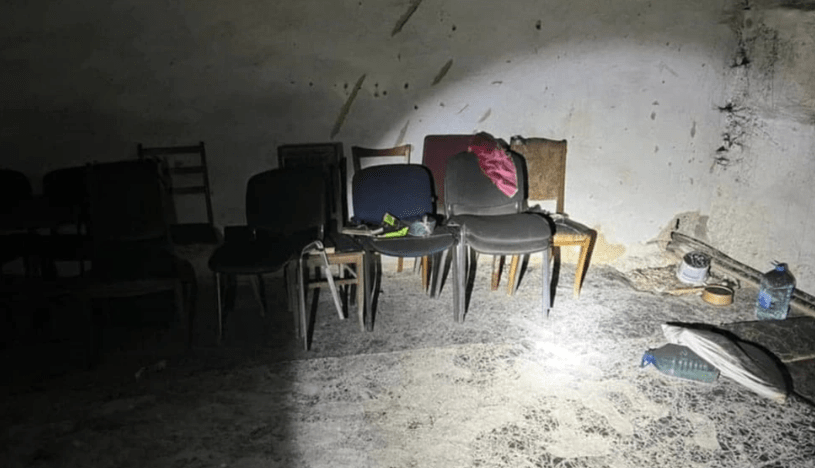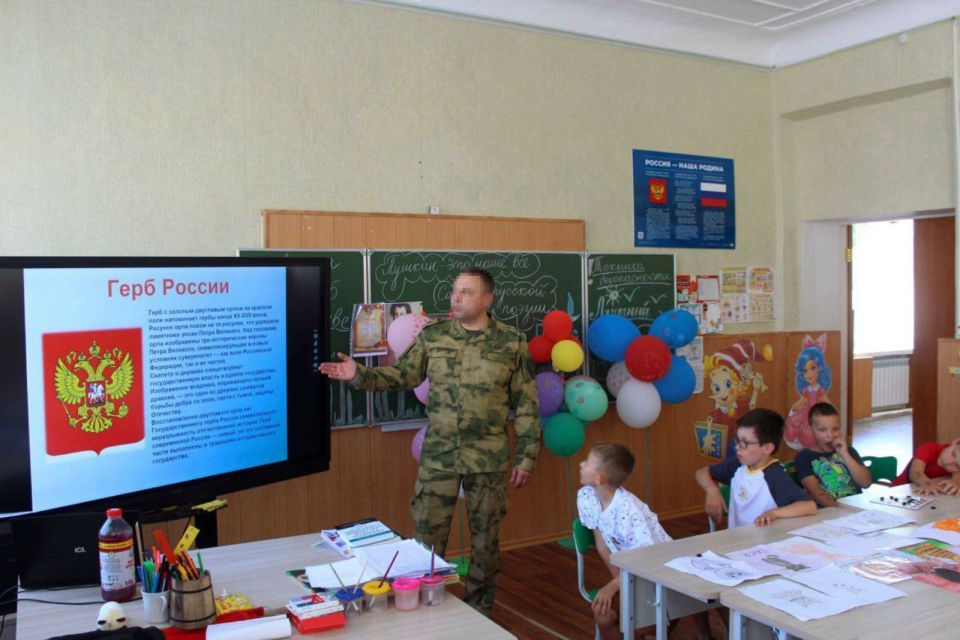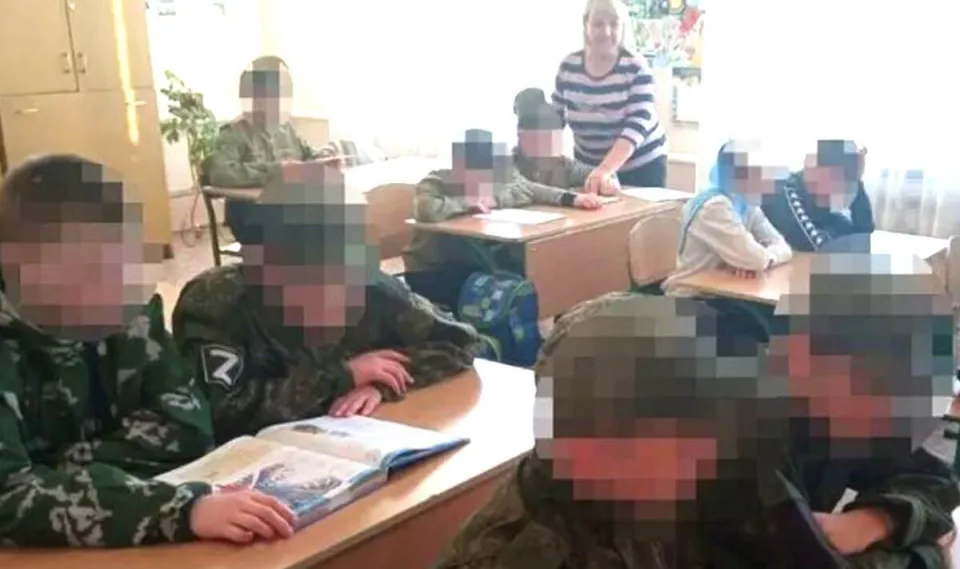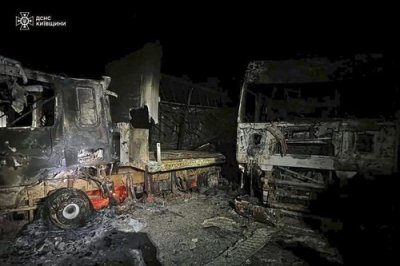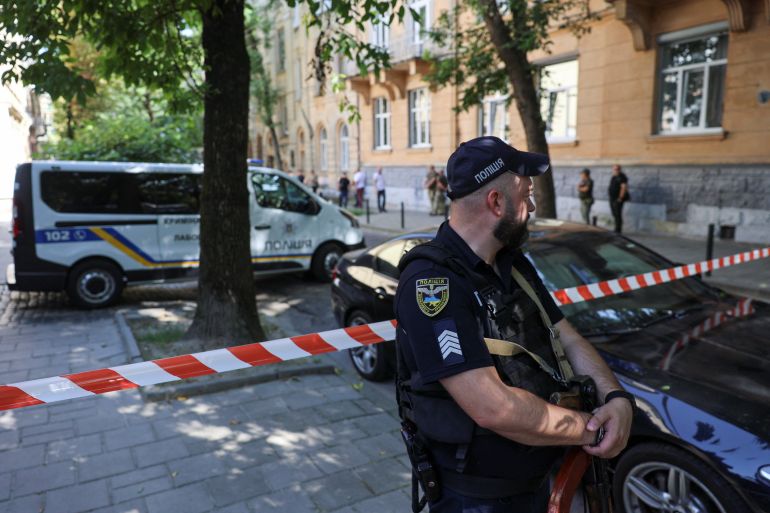Russian Forces Finally Break Through Into Key Eastern Ukrainian Stronghold
After more than a year of bloody assaults at great cost in troops and equipment, Russian forces are now fighting inside the key Ukrainian logistical hub of Pokrovsk, Ukrainian and Russian officials say. The extent of that advance, however, is in dispute. Russian President Vladimir Putin on Wednesday claimed the city is now encircled, something Ukrainian military officials deny.
As we have previously noted, Pokrovsk has been the major focus of fighting in the east because of its importance to both sides. Not only does it straddle a major rail line and several highways, it is part of a string of fortified cities in Ukraine’s Donetsk region that have so far prevented Russia from taking over all of that area and pushing deeper into Ukraine.
“The enemy has managed to drag…several hundred infantrymen into the city and continues to infiltrate deeper into the populated area, expanding their sabotage and reconnaissance activities,” the Ukrainian DeepState open-source tracking group claimed on Wednesday. That assessment lines up with statements Ukrainian President Volodymyr Zelensky made on Tuesday that about 200 Russian troops have entered Pokrovsk. The Ukrainian leader acknowledged that he was providing a conservative estimate of Russia’s presence in Pokrovsk.
At one point, Russian forces managed to raise their tri-color flag in Pokrovsk, but that was reportedly quickly destroyed by a drone.
Compounding Ukraine’s problems, Russian forces have broken a major logistics route towards the town of Myrnohrad, about two miles to the east along the TO504 highway, added DeepState, which has close ties to the Ukrainian military. In addition, Russian forces have also entered the southeastern outskirts of Myrnohrad, putting additional pressure on Pokrovsk, according to the Institute for the Study of War’s latest assessment.

“The situation is very difficult because a significant part of the city has already been infiltrated by the occupiers,” Denys, a Ukrainian drone operator, told The New York Times. “They’re still building up their presence, more and more, trying to completely saturate the city with their forces. When they encounter our positions, they engage in firefights.”
Russia has been able to gain ground in Pokrovsk in large measure by changing tactics from massive frontal assaults to small groups of troops who’ve entered the city and set up drone operations, creating havoc on Ukraine’s ability to hold ground and supply its troops.
Meanwhile, there is a large buildup of Russian troops and equipment preparing to take advantage of the current gains, according to the Ukrainian military.
“Enemy groups that managed to penetrate the city intend to advance northwest and north of Pokrovsk,” the 7th Corps of the Ukrainian Airborne Assault Troops, which oversees military operations in the area, explained on Wednesday. “In total, Russian troops have amassed approximately 27,000 troops, approximately 100 tanks, up to 260 armored combat vehicles, and up to 160 artillery pieces and mortars in the 7th Corps’ area of responsibility.”
Still, Ukraine continues to impose a heavy cost on Russian forces, killing troops and destroying equipment.
Against this backdrop of the largest Russian gains into Pokrovsk so far, Putin on Wednesday claimed that both that city and Kupiansk, located about 100 miles to the north in Kharkiv Oblast, are now surrounded. He suggested a temporary ceasefire so that journalists can witness the situation firsthand.
“The commanders of the groups are not against allowing representatives of the media, foreign and Ukrainian journalists, to enter the enemy’s encirclement zones so that they can go in and see with their own eyes what is happening there, confirm the condition of the surrounded Ukrainian troops,” Putin proclaimed.
The Russian leader added that he is making the offer about journalist access to these areas “so that the political leadership of Ukraine can make an appropriate decision regarding the fate of their citizens and servicemen, as was once done in ‘Azovstal’.” Putin was referring to the three-month siege of a massive steel plant in the city of Mariupol, where hundreds of Ukrainian troops held out until May 2022.
“We are ready to cease hostilities for a certain period of time for a few hours – two, three, six – so that journalists can enter, look around, talk to Ukrainian servicemen, and leave.” Putin added.
Ukraine’s military pushed back against Putin’s claim.
“There is no encirclement of Pokrovsk and Kupiansk right now,” proffered Lt. Andriy Kovalenko, head of Ukraine’s Center for Countering Disinformation. “They have a plan to encircle Pokrovsk, but currently, it is not being implemented.”
Kovalenko suggested that Putin’s encirclement claim is aimed at the United States, where the Trump administration is considering providing long-range weapons to Ukraine in an effort to press the Russian leader to end the war.
“Putin has used the military component of lies from the very beginning to broadcast it to the USA,” Kovalenko asserted.
While Russian troops have broken into Pokrovsk, they have yet to capture it. However, even Ukrainian sources acknowledge how dire things are for Kyiv.
“The situation in Pokrovsk is on the brink of critical and continues to worsen to the point that it may already be too late to fix everything,” DeepState admitted on Wednesday.
Contact the author: howard@thewarzone.com
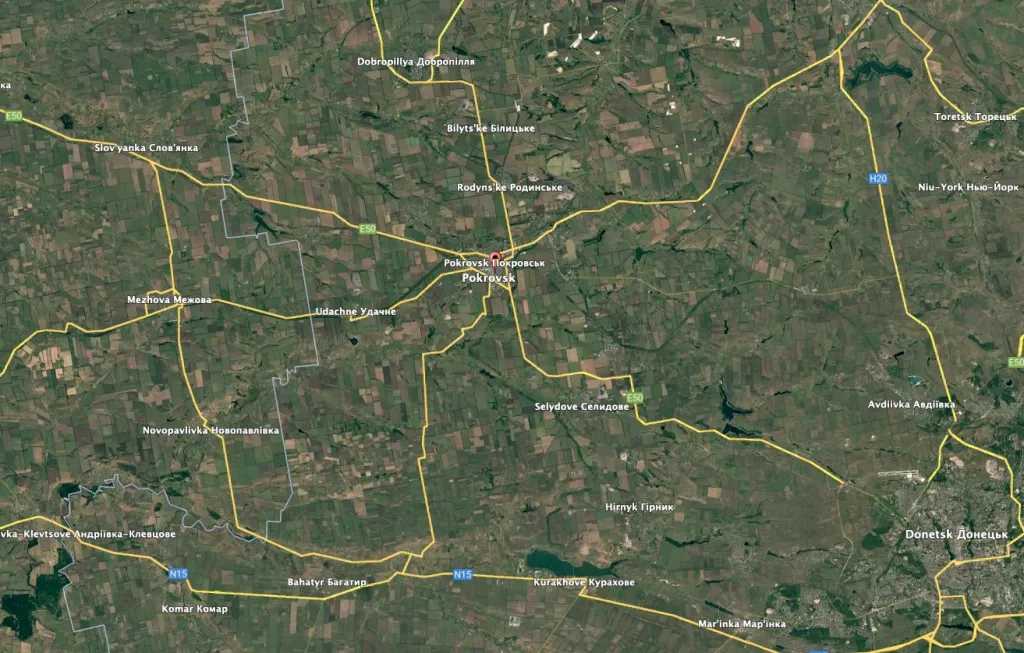
 ”🅾️brave” troops are advancing in the Dnipropetrovsk region and storming Pokrovsk
”🅾️brave” troops are advancing in the Dnipropetrovsk region and storming Pokrovsk



 (@TheDeadDistrict)
(@TheDeadDistrict) 




